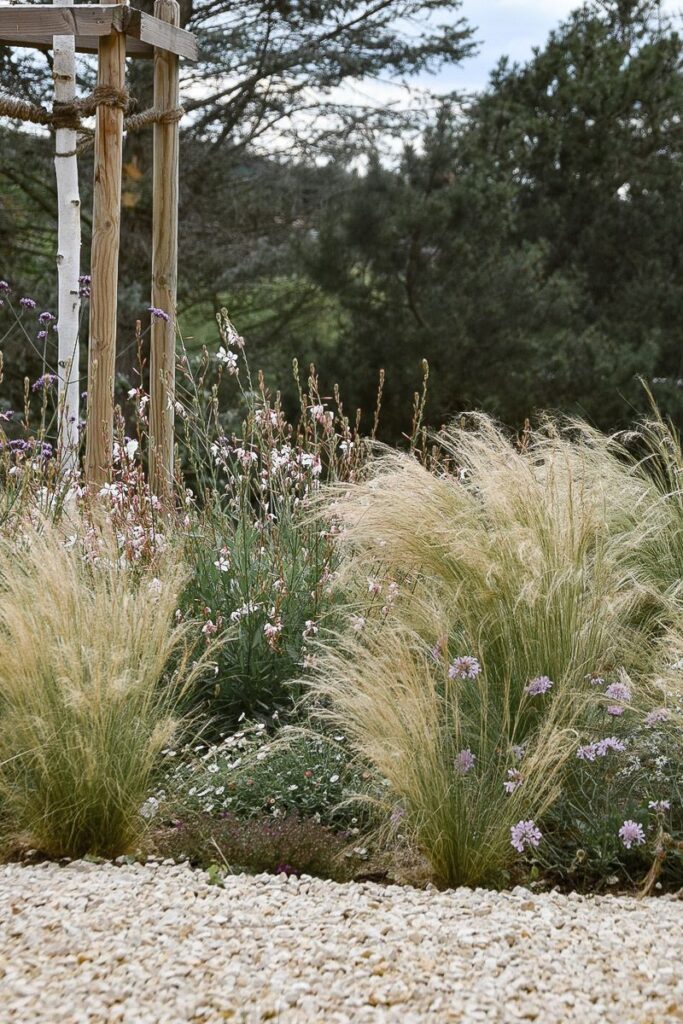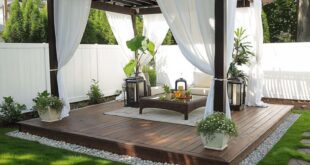Landscaping near a house is an important aspect of home design and maintenance. A well-maintained landscape can enhance the overall appearance of a property, increase its value, and provide a peaceful and relaxing environment for homeowners to enjoy. When planning landscaping near a house, there are several key factors to consider to ensure that the design complements the architecture of the home and creates a cohesive and attractive outdoor space.
One of the first considerations when landscaping near a house is the overall style and architecture of the home. The landscaping should complement the style of the house and enhance its curb appeal. For example, traditional homes may benefit from formal landscaping with manicured lawns, symmetrical plantings, and classic elements like stone pathways or water features. Modern homes, on the other hand, may look best with clean lines, minimalist plantings, and contemporary hardscaping elements like concrete or metal accents.
Another important factor to consider when landscaping near a house is the scale of the plants and structures being used. Tall trees or large shrubs planted too close to the house can dwarf the home and create a sense of imbalance. Similarly, small plants or delicate flowers may get lost next to a large, imposing house. It is important to choose plants and structures that are proportional to the size of the house and will not overwhelm or detract from its appearance.
In addition to aesthetics, it is also important to consider the practical aspects of landscaping near a house. Plants, trees, and shrubs should be strategically placed to provide shade, privacy, and protection from the elements. Proper drainage is essential to prevent water from pooling near the foundation of the house, which can lead to moisture problems and structural damage. Paths, patios, and other hardscape elements should be thoughtfully designed to create functional outdoor living spaces that enhance the usability and enjoyment of the property.
Maintenance is another key consideration when landscaping near a house. Plants and structures should be selected based on their ability to thrive in the local climate and soil conditions, as well as the amount of time and effort homeowners are willing to devote to upkeep. Low-maintenance landscaping options like native plants, mulch beds, and drip irrigation systems can help minimize the need for regular maintenance tasks like watering, weeding, and pruning.
Overall, landscaping near a house is a balancing act that requires careful planning, attention to detail, and a good eye for design. By taking into account the style and architecture of the home, choosing plants and structures that are proportional and practical, and considering factors like maintenance and functionality, homeowners can create a beautiful and welcoming outdoor space that enhances the overall appeal and value of their property.








![Advice needed] Is this Texas Red Bud too near to the house? Just .](https://rosedel.com/wp-content/uploads/2024/05/landscaping-near-house-84237-150x150.jpg)








